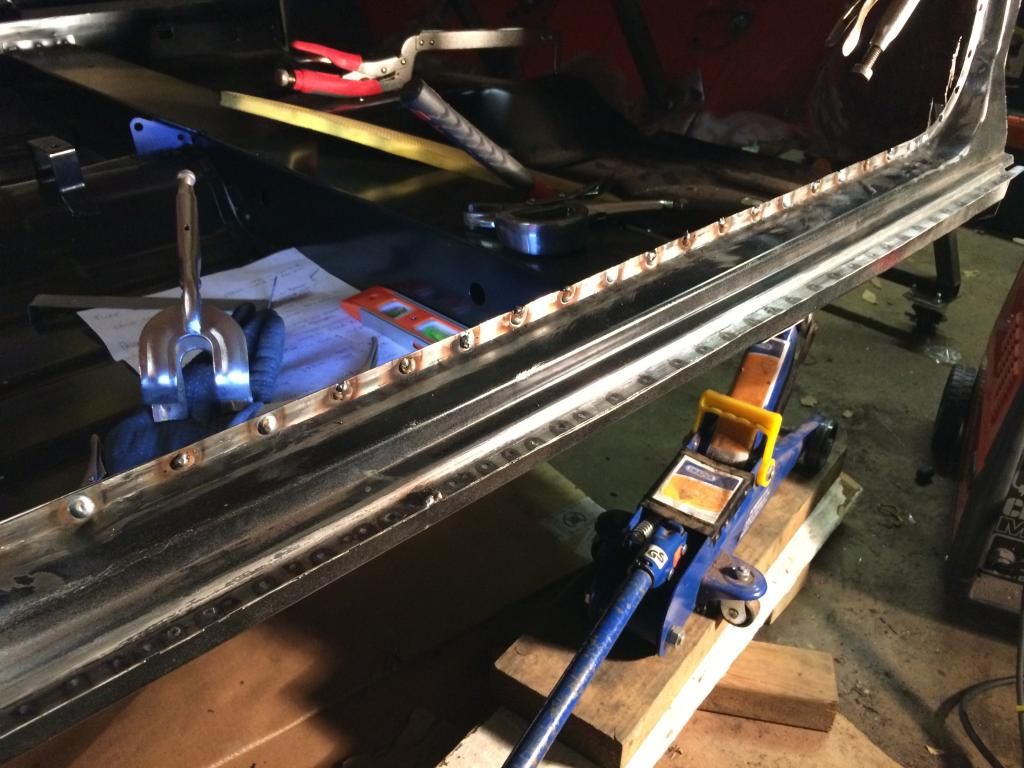Hi all - reading through the recent Spot Welder is It Worth It? topic and everyone here is plugging the Clarke CSW6T - I picked one up specifically for my project but have been very disappointed, so thought given the continual reviews I thought I should ask fron those in the know if there are any particular tips and tricks anyone's found useful specifically on their projects?
More specifically, it welds two new, perfectly clean bits of steel together perfectly well in a test situation, but does a rubbish job with most things outside of this eg new steel to old steel, such as a new panel to an old panel, or where zinc primer is used between two surfaces. Have found this hugely disappointing despite a bunch of playing around to see if I just didn't have the settings right etc (plus reading up various welding websites etc), but have now gone back to MIG plug welding as I simply can't trust the variable results on bits that actually matter.
With a roof to replace I thought it was worth asking again - any tips on using the thing for a better result?



















